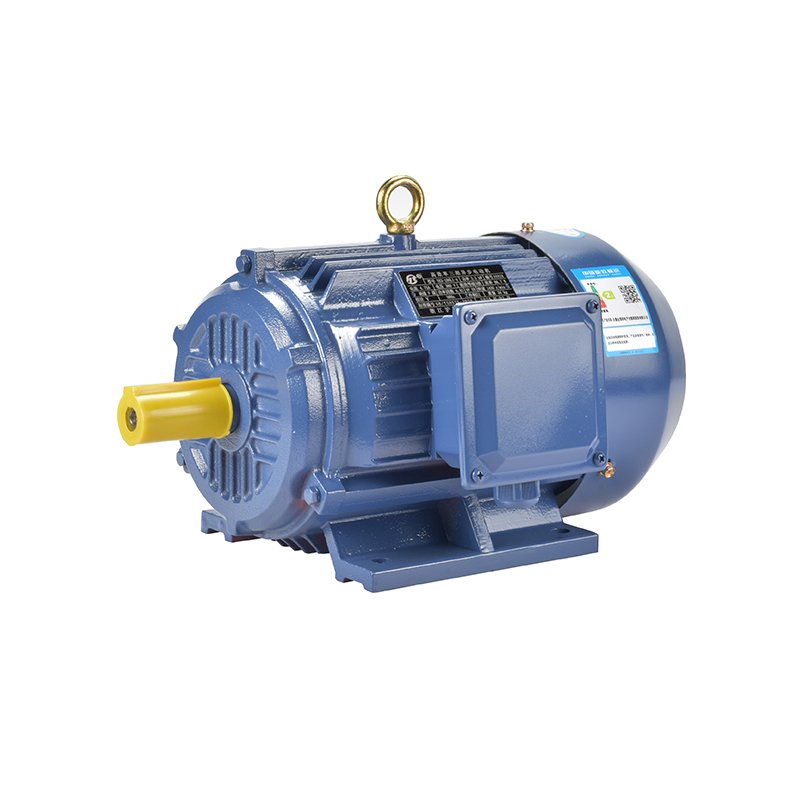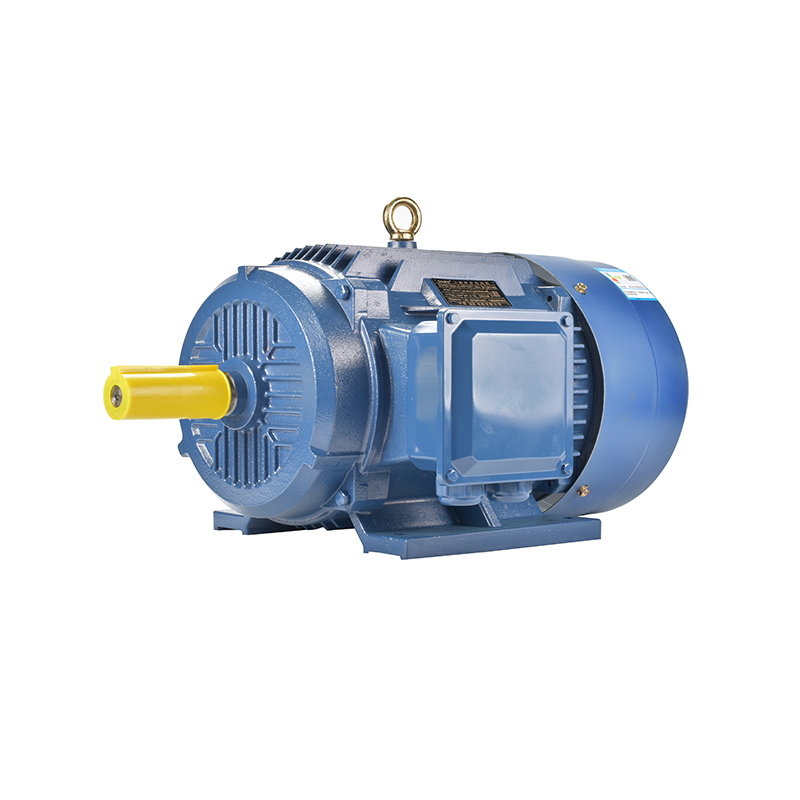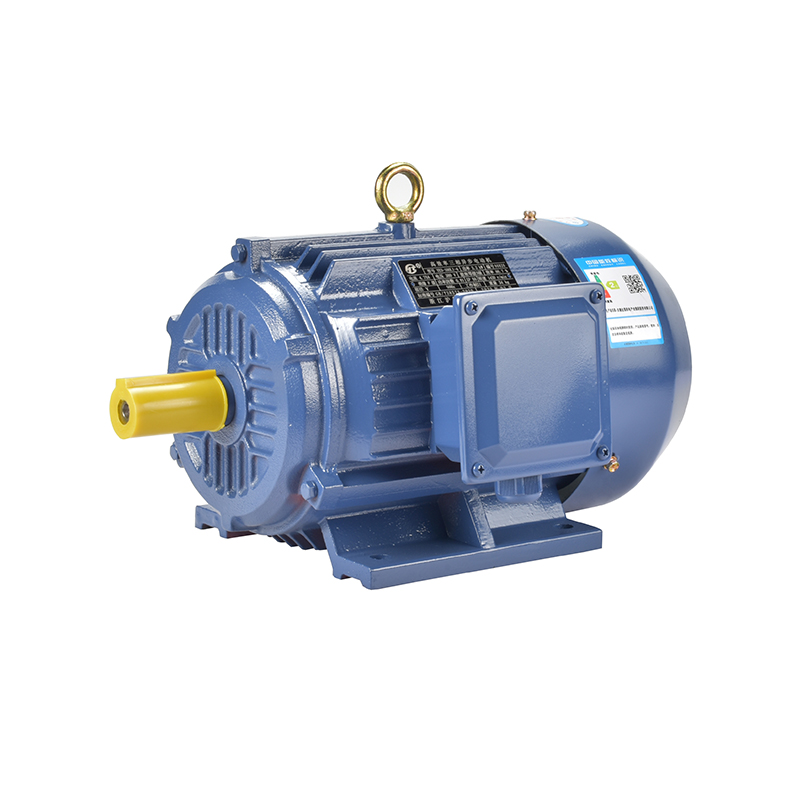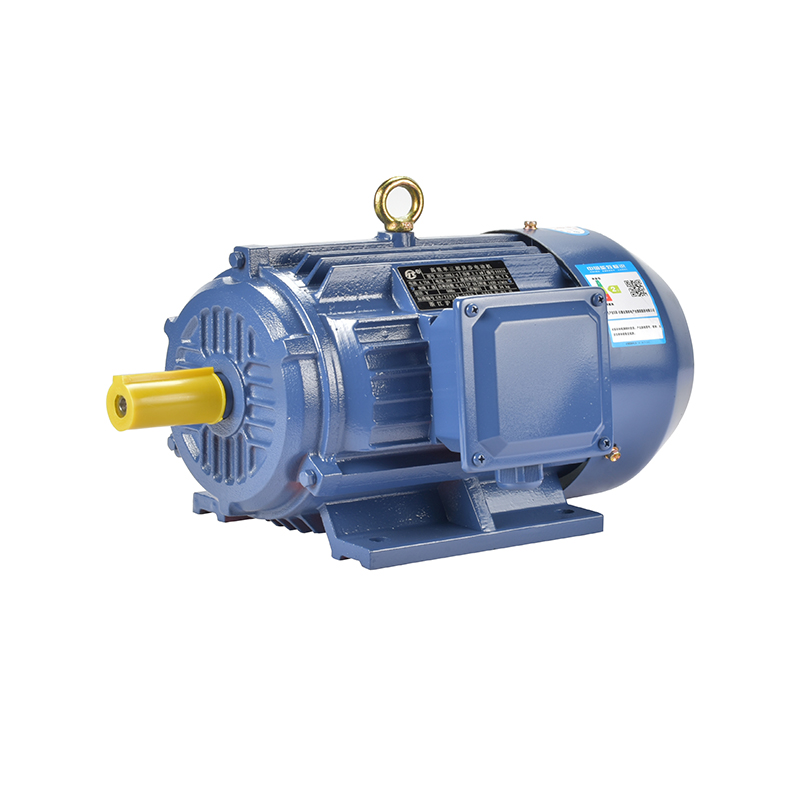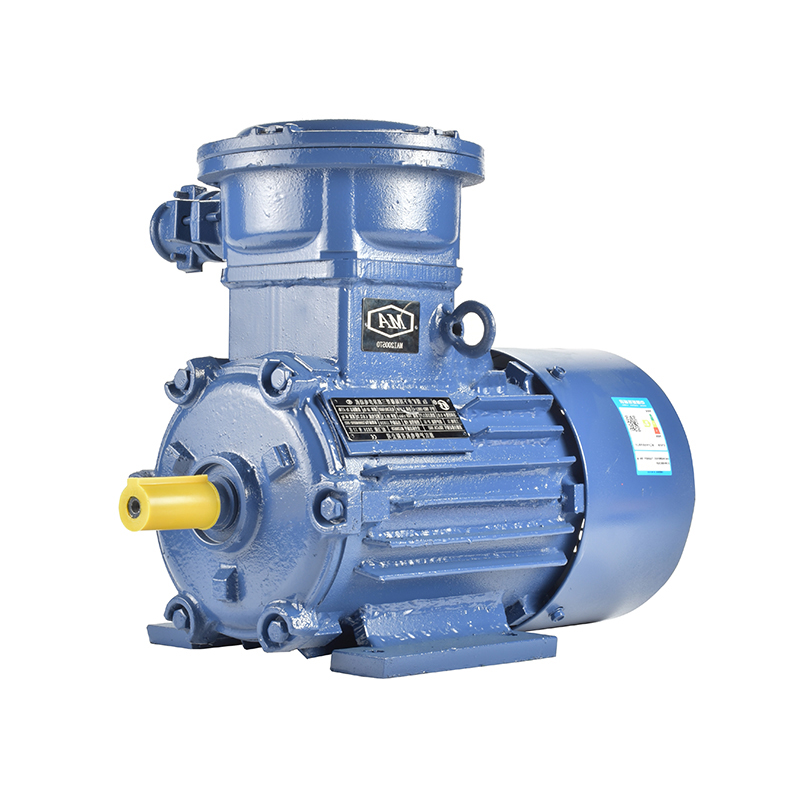The Influence Of EV Development On Medium-Sized Motor Innovation
The rapid development of electric vehicles (EVs) has brought significant changes to the broader motor industry, especially in the design and application of medium-sized motors. As more industries adapt technologies originally intended for electric mobility, innovations in motor performance, durability, and integration have become more widespread. Medium-sized motors, which often bridge the gap between lightweight mobility components and large industrial machinery, are now experiencing renewed attention and development, influenced by the demands of EV systems.
Electric vehicles require motors that are not only efficient but also capable of maintaining consistent performance under various load conditions. This has driven a focus on improving motor control systems, refining materials, and optimizing motor architectures. One example is the increasing interest in permanent motor designs, which offer stable torque delivery and lower maintenance requirements due to fewer moving parts. Originally engineered for EV drivetrains, permanent motors are now being adapted into other fields such as conveyor systems, industrial HVACs, and compact water pumps that rely on medium motor specifications.
Beyond permanent motor designs, EV advancements have also led to more sophisticated control technologies that benefit other types of motors, including the single phase AC synchronous motor. These motors, commonly used in smaller equipment and household appliances, are being re-evaluated and updated with smarter control modules and improved winding techniques. With lessons learned from EV drive systems, manufacturers are now integrating features like better power factor correction and adaptive speed control, making these motors more versatile in fluctuating load environments.

Another key area of innovation inspired by EV development is the focus on safety and environmental protection, which has fueled growth in the use of explosion proof electric motor solutions. In electric vehicles, ensuring protection against high-voltage system failures is a critical design concern. The same principles are now being applied to industrial environments where explosion risks exist, such as chemical processing or grain handling facilities. Medium-sized explosion proof electric motors, influenced by EV-grade safety protocols, now feature improved enclosure sealing, enhanced thermal monitoring, and more durable insulation materials.
Material efficiency is also a major takeaway from EV motor research. Electric vehicles prioritize lightweight construction and thermal management, prompting the use of better stator laminations and high-efficiency magnetic materials. Medium-sized motors are increasingly benefitting from this shift, as manufacturers explore similar materials to reduce losses and improve energy usage. This material innovation has also enabled more compact designs, allowing motors to be integrated into tighter spaces without compromising on output or safety.
The concept of modular design, often seen in electric vehicle powertrains, is influencing how medium-sized motors are assembled and maintained. Simplified assembly processes and standardized components have helped reduce costs and improve maintenance access in EV systems. Now, the same approach is being applied to motors used in industrial machines, packaging systems, and agricultural equipment, where downtime can be costly. These motors are now being designed with removable terminal boxes, interchangeable shafts, and flexible mounting systems that reflect the modular strategies of EV platforms.
Noise reduction, another priority in electric vehicle design, has also filtered into medium motor development. Customers across industries increasingly demand quieter operations, especially in urban and residential applications. Drawing from EV acoustic engineering, newer motor designs now feature better rotor balancing, noise-dampening enclosures, and smoother bearing surfaces. These refinements not only reduce noise but also contribute to longer service life and reduced wear.
As electric vehicles continue to evolve, the ripple effects on the motor industry are becoming more pronounced. The advancements driven by EV manufacturers are finding new homes in a variety of sectors, especially where medium-sized motors are needed. From single phase AC synchronous motors with smarter controls to rugged explosion proof electric motors adapted from safety-one designs, to permanent motors offering long-term stability — the innovation cycle is accelerating.
In short, electric vehicles are not just transforming transportation. They are redefining how electric motors are built, tested, and applied across industries. Medium-sized motors, once viewed as standard components, are now becoming highly specialized machines shaped by a new wave of technology born from the EV revolution.
-
Feedback



 English
English русский
русский Español
Español عربى
عربى

